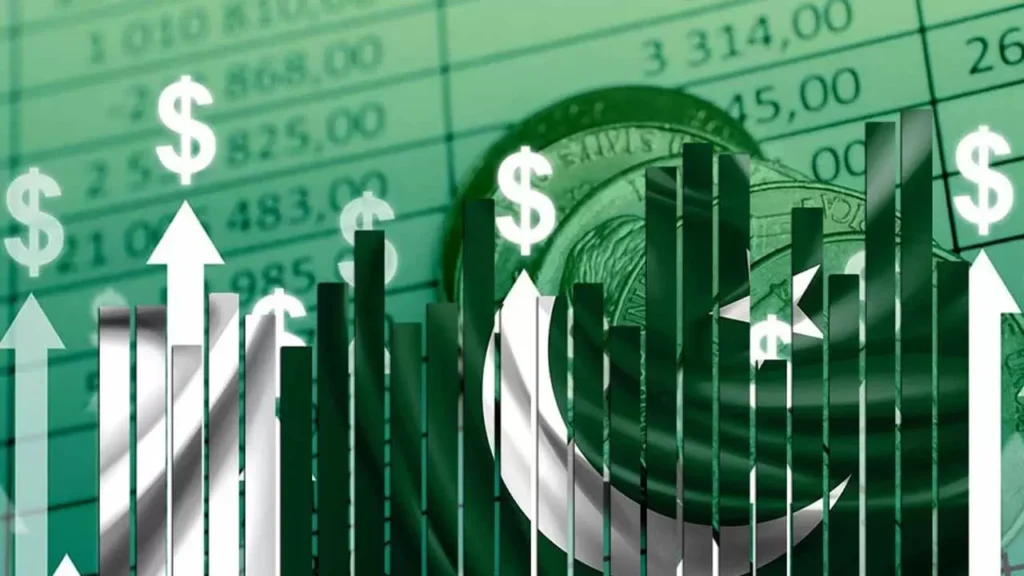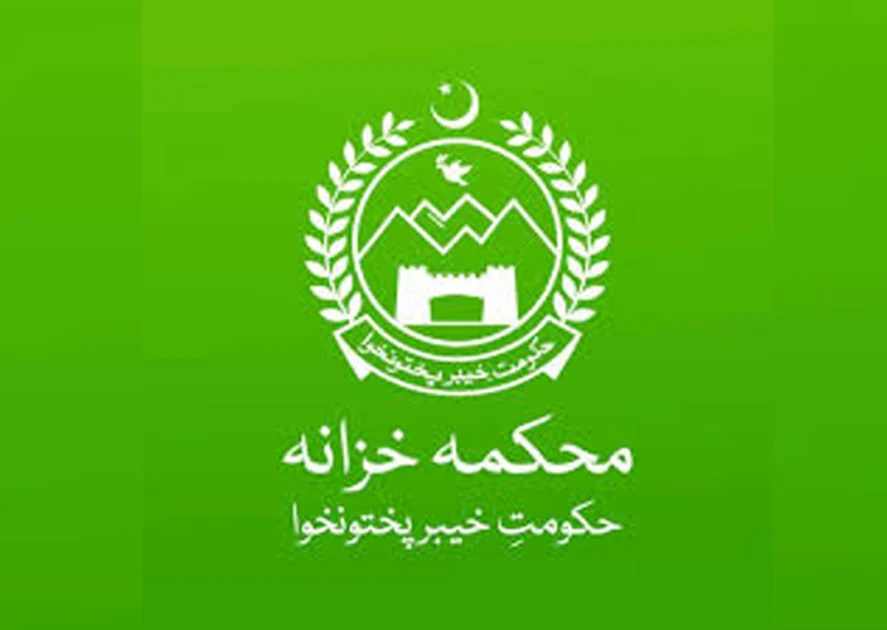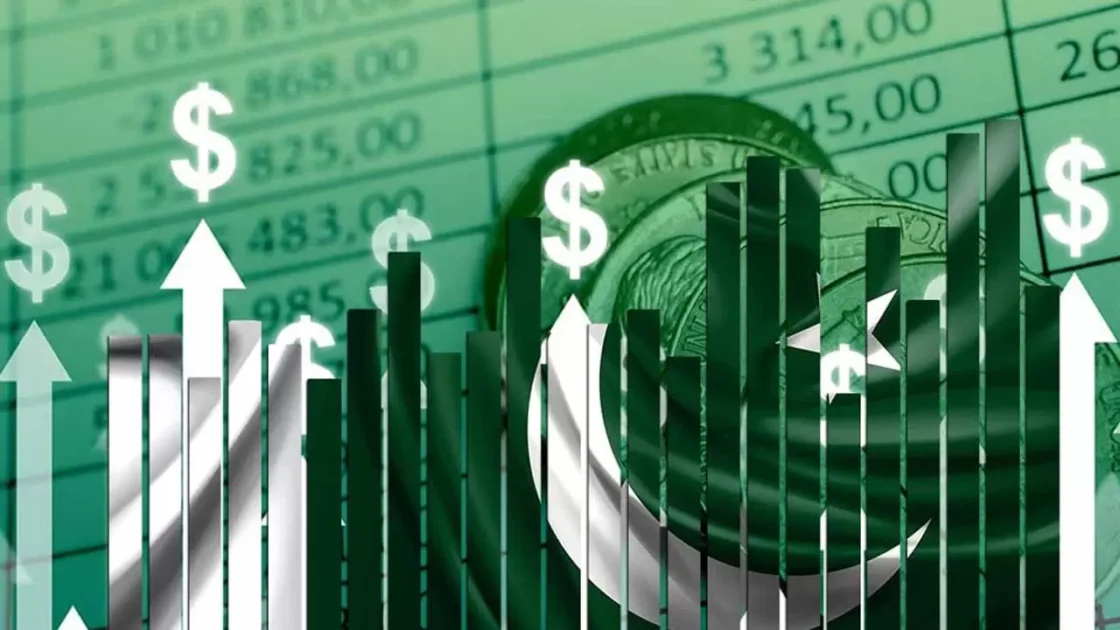- Faqeer Hussain
- 4 Hours ago

Economic Survey FY25: low inflation, CA surplus, stable macroeconomic indicators
-
- Web Desk
- 3 Hours ago

ISLAMABAD: The Ministry of Finance released the Economic Survey FY2024-2025, ahead of annual budget announcement tomorrow. The survey paints an optimistic picture of Pakistan’s economy, highlighting signs of macroeconomic stabilisation after years of turbulence.
Speaking about the Economic Survey FY25, Finance Minister Muhammad Aurangzeb said, “This is the data of the Government of Pakistan. If you see any discrepancy in this, please share it with us. Discuss with us in this regard.”
One of the most notable developments is the dramatic drop in inflation, which fell to just 0.3 percent in April 2025, marking a 60-year low. This also explains tighter monetary policy and easing supply pressures, before inflation got under control.
On the external front, the current account deficit has not only narrowed but turned into a surplus, signaling an improved balance of payments. While the cumulative deficit for the year still stands at $1.9 billion, the recent surplus trend indicates positive momentum. At the same time, the fiscal deficit has narrowed to 2.6 percent of GDP, and the primary fiscal balance – which excludes interest payments – has improved to 3.0 percent, showing a stronger grip on public finances.
The survey also points out the recently witnessed bullish trend in the Pakistan Stock Exchange (PSX), signaling rising investor confidence and improving economic fundamentals.
GDP growth for fiscal year 2025 was recorded at 2.68 per cent, a modest but meaningful recovery given the global slowdown.
A key highlight of the survey is the rise in per capita income, which has increased from $1,662 last year to $1,824, reflecting improved individual economic well-being. Sectoral performance was mixed: the construction sector posted a growth of 6.6 percent, and the automobile industry saw a remarkable 40 per cent expansion, indicating a rebound in consumer demand and industrial activity.
However, some areas continue to struggle, notable the industrial and agricultural sectors. Large-scale manufacturing (LSM) saw a decline, and major crop production fell by 13.5 per cent. Despite that, the agricultural sector recorded 0.56 per cent growth. Meanwhile, the services sector grew by 2.9 per cent, with food services expanding by 2.1 per cent.
Imports grew by 12 per cent during the fiscal year, driven largely by the rising import of machinery and goods, which the government views as a positive indicator of investment and industrial revitalisation.
Health segment of the survey shows that there are 1,696 hospitals in the country, in addition to 5,434 primary health centers. The number of registered doctors in the country is 319,572. The survey shows that during the current fiscal year, 0.9 per cent of GDP was spent on public health, while Rs103.5 billion was allocated in the PSDP for the public health sector.
Also read: Pakistan’s economy turning a corner after earlier challenges: Finance Minister






